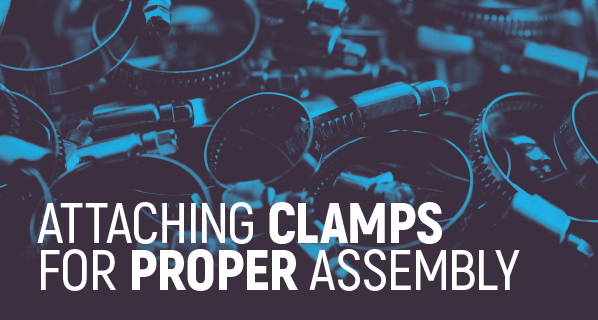Eaton Contamination Control System Does the Dirty Work
 Dirty hydraulic fluid causes up to 80% of all hydraulic system problems. If hydraulic oil is contaminated, there are a number of detrimental effects that diminish performance or damage system components.
Dirty hydraulic fluid causes up to 80% of all hydraulic system problems. If hydraulic oil is contaminated, there are a number of detrimental effects that diminish performance or damage system components.
Ramifications include surface corrosion and accelerated fatigue of metal components. Another effect is distinct changes in the physical characteristics of the oil itself, resulting in a different viscosity or compressibility, which can adversely affect the ability of the oil to transfer power.
Recently, Vac-Con, a manufacturer of industrial vacuum trucks and loaders, noticed a clear spike in warranty costs. The company undertook a comprehensive analysis of its entire operation, including issues related to hydraulic oil contamination.
The company enlisted the help of an Eaton distributor to assist with the evaluation, which included an in-depth look at assembly procedures and the quality of the hydraulic oil used in its new trucks. The goal was to minimize any water or other contaminants from entering its trucks’ hydraulic systems.
The company discovered some areas for improvement. It made changes in the assembly areas and changed procedures to ensure that hydraulic oil met cleanliness standards and was free of contamination.
Once a revamped process was in place, the company began looking for a method to reliably test the oil to measure the success of its new procedures. It also wanted to keep records of the readings for warranty purposes.

Knowing particle size distribution of any contamination, water saturation and temperature enables the company to evaluate the precise condition of the system and to determine whether procedural changes were working. This information helps the company take action and cost-saving measures before failures occur.
Eaton’s CCS 4 contamination control system helped provide a real-time snapshot of hydraulic fluid’s condition in the field. The system provides access to simultaneous instant readings of particulate contamination and fluid aging with a single measurement using calibrated in-line sensors.
Monitoring hydraulic fluids in real-time makes it possible to immediately diagnose component and seal wear, and it provides a measurable basis for filter and fluid change intervals. The procedure tests the condition of new fluids as they are introduced into a system to verify the effectiveness of offline filtration systems, and the correct storage and transport of the fluids.
The difference between knowing the condition of new fluids and waiting for a time-consuming laboratory analysis could be the difference between an efficient, reliable system and an early failure.
The testing system eliminates the wait of four or five days for results from a lab. The mobile unit hooks directly to the truck to test the oil in a closed atmosphere.
While the portable testing system duplicates much of the analytical capability offered by traditional lab-based services, it does not eliminate the need for periodic laboratory tests. It simply changes their frequency and the nature of the tests performed. For example, when particle counts begin to increase, operators should still send samples to a lab to identify contaminants and resolve these issues early on.

Industrial vacuum trucks are a significant investment for Vac-Con, so managing hydraulic oil contamination is vital. The company was so impressed with initial testing of the contamination control system that it constructed a new building to use the equipment and test every vehicle’s hydraulic fluid prior to delivery to its customers. The company stopped testing trucks for hydraulic oil contamination with its previous procedures.
Since the introduction of the CCS 4 contamination control system, the company has not had to replace a single valve or pump in its assemblies. It has not had a single failure in the field and its warranty costs have dropped significantly.







